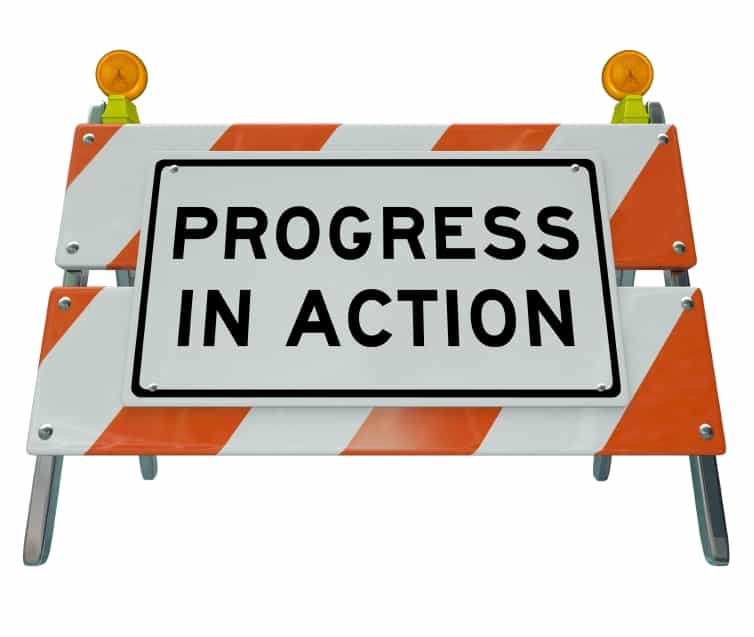The issue of “control” in Australian OHS law continues to be discussed as industry associations bristle against the introduction of Work Health and Safety laws, frequently on flawed or dubious costings.
 Australian safety laws have been moving from the prescriptive tradition for decades. This has been due to various reasons including new workplace hazards that cannot be controlled in defined ways, diminished enforcement resources and confused roles in OHS regulators, the change in labour force dominance from blue- to white-collar occupations but, most of all, repeated demands from business associations for increased flexibility and autonomy on managing workplace safety.
Australian safety laws have been moving from the prescriptive tradition for decades. This has been due to various reasons including new workplace hazards that cannot be controlled in defined ways, diminished enforcement resources and confused roles in OHS regulators, the change in labour force dominance from blue- to white-collar occupations but, most of all, repeated demands from business associations for increased flexibility and autonomy on managing workplace safety.
Certainly the degree of control has varied from State to State with New South Wales being considered as having the most business-unfriendly OHS laws but most States are now running under a different set of OHS rules and criticizing the current laws by referring to now-repealed OHS laws in the most extreme State of New South Wales, as Ken Phillips does in today’s The Australian newspaper, is almost sophistry.
Much of the confusion about the Work Health Safety laws has resulted from the flexibility of the new laws, a flexibility desired by the business community. Instead of an employer/employee relationship there is an obligation between the Person Conducting a Business or Undertaking (PCBU) and everyone else. Instead of a prescriptive line of compliance, there is the application of reasonable practicability. The removal of control is a recognition of the multitude of contributory factors in workplace incidents rather than the finger-pointing of “he did it” (a much easier system of safety management); it is a logical extension of focusing on the “system of work” instead of the personal.
The “system of work” element of OHS laws has never sat comfortably with many in the business sector because the system of work is usually established by the employer, or business owner, and OHS law has always taken the employer as the holder of the principal duty of care.
What many critics of the WHS laws miss is that without control being imposed on the employer there is more scope to investigate the multitude of causes on workplace incidents. The contributory factors can be measured and their influence prioritised.
The majority of the criticism of WHS laws comes from the post-incident perspective – incident occurs, investigation undertaken by the OHS regulator, prosecution through the courts. This is a valid perspective but if the WHS laws are applied appropriately the prosecution will not occur because no incident has occurred. By focusing on a potential future after an incident, criticism of the laws can appear to be whingeing about one possible future instead of attending to the workplace to eliminate that possible future.
The question that business groups should be asking is whether the new Work Health and Safety laws make it easier to create and maintain a safe and healthy workplace. By working with these laws, by applying them in the workplace, there is the chance that some of the silliness of the laws can be shown through evidence and reality, elements to which government gives great credence. However there is also the risk that applying the new laws may also show that the laws work and the potential negative impact is considerably less than thought. This was certainly the experience in Victoria with the changes to OHS laws earlier this decade and even with the major changes to Plant Safety regulations late last century.
The Federal Government has acknowledged throughout the harmonisation process that refinements of the laws will occur in the years after the laws’ introduction, Although SafetyAtWorkBlog sees this as sloppy management, business groups have the opportunity to greatly influence these refinements but they must get past semantic objections of possible futures and deal with the realities of today.

whatever that means
Accepting the ‘current reality’ would require an individual’s filters to be aligned with what is real.
Victoria already has responsibilities beyond direct employees, extending to clients and the public.
Nicely written article.
Maybe I’m a bit thick, but what exactly is the “current reality”?
Some of the reality is:
New Work Health Safety laws in the majority of Auaralian States.
A broadened application of OHS duties beyond direct employees.
Increasing accountability for OHS at senior management levels.
Hi Mervyn,
I would think that the “current reality” is what is actually in place as distinct from an “individual’s reality” which is whatever the indivdual perceives it to be as viewed through their particular set of “filters”.
Les Henley
Hi Kevin,
I think you’ve done an excellent job of identifying the key issues.
Well written and informative.
Les Henley
“The question that business groups should be asking is whether the new Work Health and Safety laws make it easier to create and maintain a safe and healthy workplace.”
Never a truer word – well said, Kevin!
AFAIK, the PWC report asks about the complaince costs under the Harmonised regime, but assumes compliance under the current regime – not a very good assumtion. I wonder just how much it would cost to have every workplace in Victoria comply with the current OHS laws …